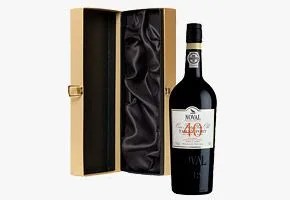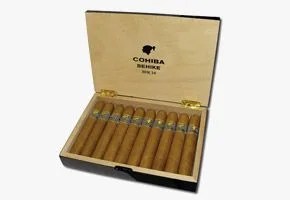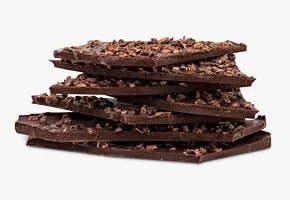We hope you’re sitting down. If not, find a leather club chair, dim the lights, cross your legs, tune your gramophone or iPhone to your preferred string quartet and place your left hand on the well-groomed head of your faithful Chinook. Now do some thumb stretches and shake out your right hand, your drinking hand, to get it good and relaxed. As a final step, call out to any loved ones in the vicinity to bring you a small plate of chocolates and the finest cigar available. You’re now in the appropriate position to pour a glass of Taylor Fladgate 1964 Single Harvest Port ($295).

It’s obvious but worth pointing out that this is a very old bottle of wine. 50 years. Fifty years ago Lyndon Johnson was President of the United States, the Beatles were #1 on the U.S. singles chart, the first Ford Mustang was released, the first desktop computer was launched at the World’s Fair and Dr. Martin Luther King, Jr. won the Nobel Peace Prize. Meanwhile, at the Taylor Fladgate vineyards in Portugal’s Douro Valley, the contents of this bottle of Port began its first of five decades aging in wooden casks. The world has changed significantly since then.
THE TRIPARTITE PAIRING
Sommelier Fabien Suquet of La Compagnie des Vins Surnaturels, a New York branch of the Parisian wine bar by the same name, described drinking an old Niepoort Colheita port with a 20-year-old cigar as a “paradise moment”. If you’re looking to experience something similar he suggests tripling down on this after-dinner pairing. If you’ve got these three things in hand, though…screw dinner, we say.

Quinta do Noval 40-Year Tawny
This light amber-colored Tawny from the Port house dating back to 1715 has notes of nut, mint and almonds. Serve it cool with no decantation necessary.
quintadonoval.com


